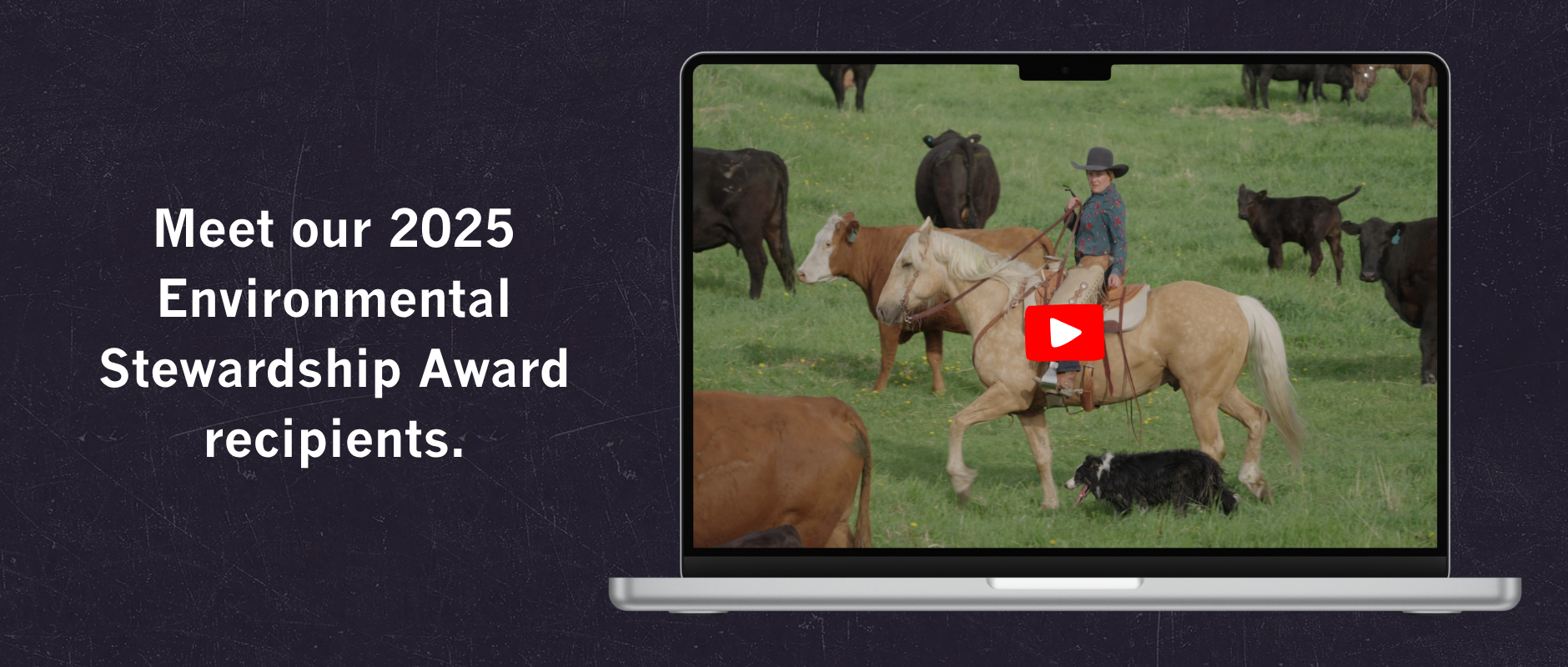AB Direct - Steers
Rail: 490.00-495.00 del
AB Direct - Heifers
Rail: 490.00-495.00 del
US Trade- Steers
Rail: 342.00 (IA, NE)
US Trade - Heifers
Rail: 342.00 (IA, NE)
Canadian Dollar
0.08

Stretching feed supplies after calving
ABP is excited to feature the writings of Barry Yaremcio, ruminant nutritionist and production management consultant. Barry is a trusted voice in cattle nutrition and forage production, operating Yaremcio Ag Consulting Ltd. This article was originally published on his BYOB Blog, which can be found on his website.
If feed supplies are getting low, there are some options available to stretch feed inventory through to spring.
What can be done to use existing feed supplies effectively? The overriding concern is to provide adequate nutrients, especially protein and energy to prevent cows or heifers from losing weight between calving and the start of the breeding season.
Evaluate the ration the cows are receiving. Is there a way to reduce the amount of high-quality forage and feed more greenfeed, or straw and grain? Keeping protein at 11 per cent and TDN close to 65 per cent on a dry basis is necessary to maintain milk production and reproductive potential in the upcoming breeding season.
Supplement lower quality forages. When adjusting the ration to lower quality or older hay, it is possible that supplemental protein will be needed. Wheat or corn distillers’ grains, or canola meal are less expensive to feed on a cost per kg of protein than some other options. Other options are wheat midds, brewers grains, pulse screenings, and faba beans. Take into consideration the cost of processing if supplementing with whole grains. Not providing sufficient protein will reduce feed intake because of slower passage rates which limits nutrients consumed per day.
Provide protection from the elements. Energy lost by an animal will limit what is available to the cow to maintain weight and produce milk. Having trees, portable wind breaks, and open face sheds for shelter reduces heat loss. At -25C with wind speed of 20 km/hr, an additional 6 Mcal of Digestible Energy (DE) is needed. At -30C, an additional 9 Mcal of DE is needed. That is an additional four to six pounds of barley per head per day just to keep an animal warm.
Bedding is needed to keep animals insulated from the cold ground and from wet conditions. A cow laying on wet snow can lose up to 25 per cent of their body heat.
Prevent feed losses when feeding cows. No system is 100 per cent efficient. Using fence line bunks, or well designed bale feeders will reduce feed waste down to the five per cent range. Unrolling hay on the ground or processing hay onto snow results in 13 and 19 per cent feed waste respectfully. If using a bale processor, feed into a portable bunk or feeder to prevent cows from walking through the feed.

